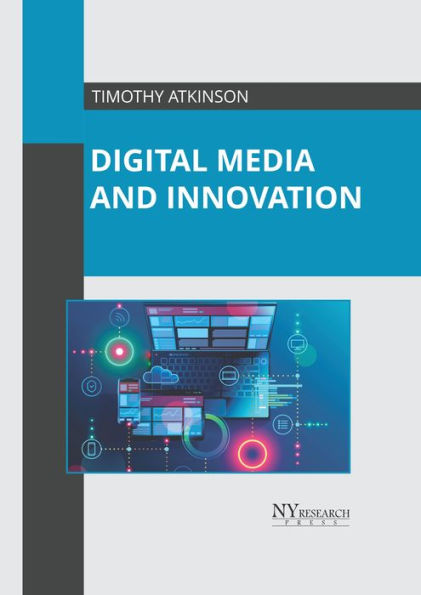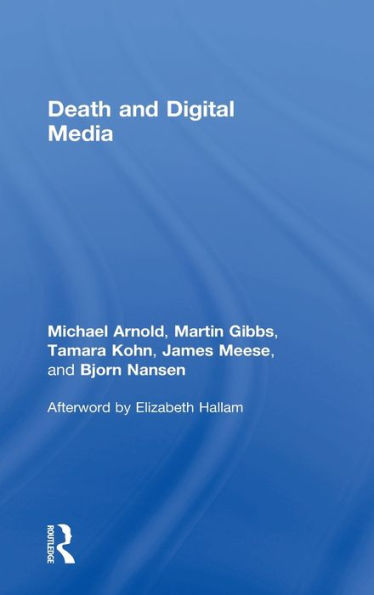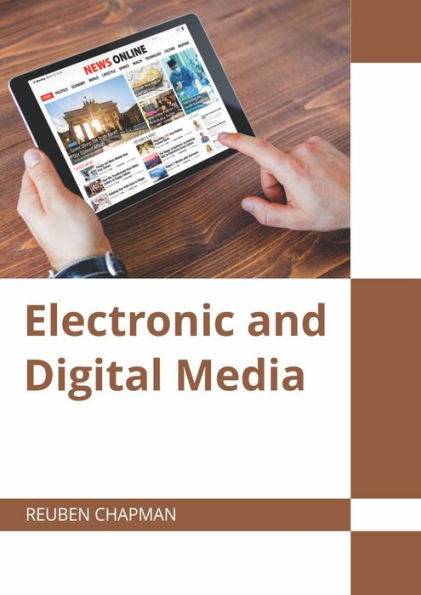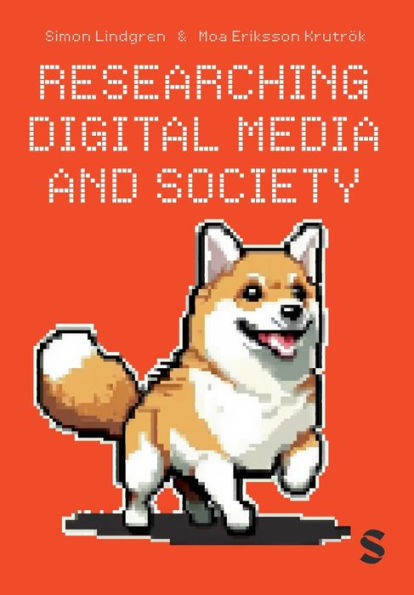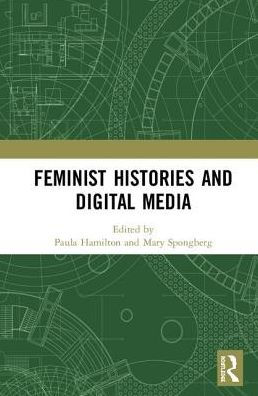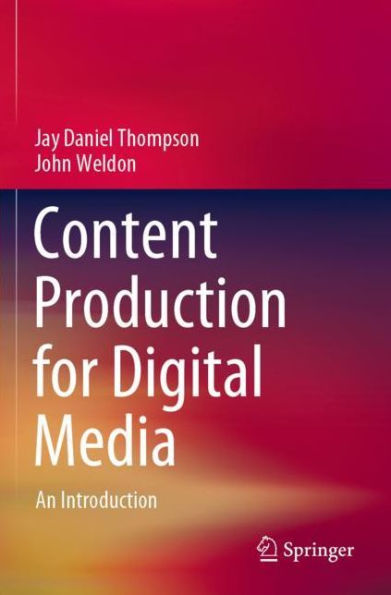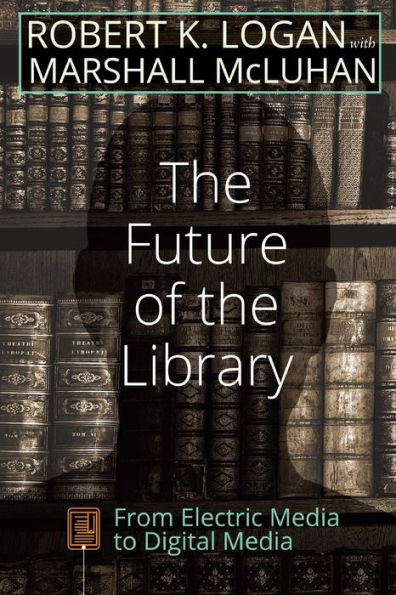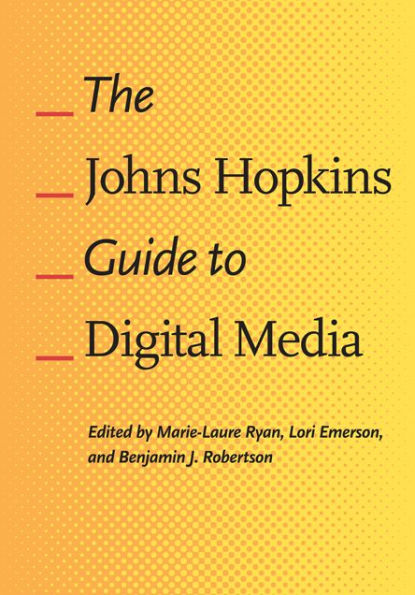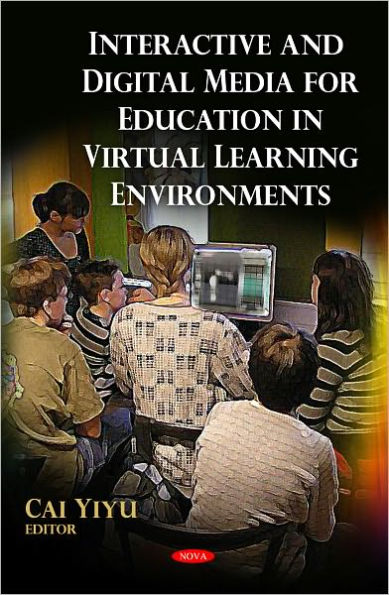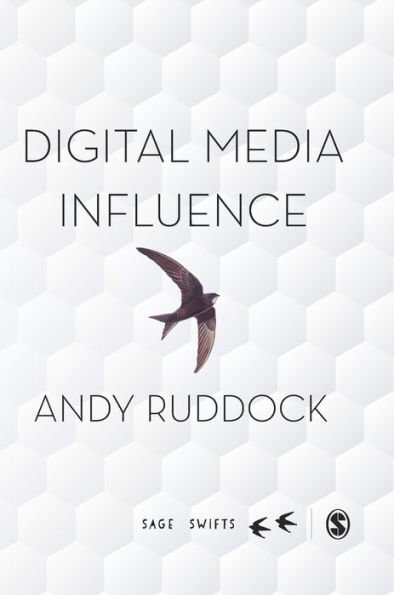Home
The Flesh of Animation: Bodily Sensations Film and Digital Media
Barnes and Noble
The Flesh of Animation: Bodily Sensations Film and Digital Media
Current price: $108.00
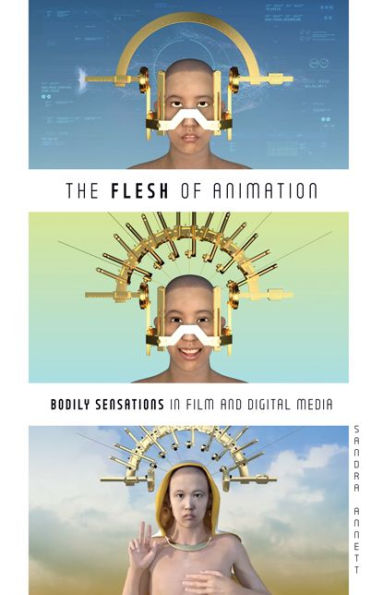

Barnes and Noble
The Flesh of Animation: Bodily Sensations Film and Digital Media
Current price: $108.00
Size: Hardcover
Loading Inventory...
*Product information may vary - to confirm product availability, pricing, shipping and return information please contact Barnes and Noble
How animation can reconnect us with bodily experiences
Film and media studies scholarship has often argued that digital cinema and CGI provoke a sense of disembodiment in viewers; they are seen as merely fantastic or unreal. In her in-depth exploration of the phenomenology of animation, Sandra Annett offers a new perspective: that animated films and digital media in fact evoke vivid embodied sensations in viewers and connect them with the lifeworld of experience.
Starting with the emergence of digital technologies in filmmaking in the 1980s, Annett argues that contemporary digital media is indebted to the longer history of animation. She looks at a wide range of animationfrom Disney films to anime, electro swing music videos to Vocaloidsto explore how animation, through its material forms and visual styles, can evoke bodily sensations of touch, weight, and orientation in space. Each chapter discusses well-known forms of animation from the United States, France, Japan, South Korea, and China, examining how they provoke different sensations in viewers, such as floating and falling in
Howl’s Moving Castle
and
My Beautiful Girl Mari,
and how the body is mediated in films that combine animation and live action, as seen in
Who Framed Roger Rabbit
Song of the South
. These films set the stage for an exploration of how animation and embodiment manifest in contemporary global media, from CGI and motion capture in Disney’s “live action remakes” to new media installations by artists like Lu Yang.
Leveraging an array of case studies through a new approach to film phenomenology,
The Flesh of Animation
offers an enlightening discussion of why animation provides a sensational experience for viewers not replicable through other media forms.
Film and media studies scholarship has often argued that digital cinema and CGI provoke a sense of disembodiment in viewers; they are seen as merely fantastic or unreal. In her in-depth exploration of the phenomenology of animation, Sandra Annett offers a new perspective: that animated films and digital media in fact evoke vivid embodied sensations in viewers and connect them with the lifeworld of experience.
Starting with the emergence of digital technologies in filmmaking in the 1980s, Annett argues that contemporary digital media is indebted to the longer history of animation. She looks at a wide range of animationfrom Disney films to anime, electro swing music videos to Vocaloidsto explore how animation, through its material forms and visual styles, can evoke bodily sensations of touch, weight, and orientation in space. Each chapter discusses well-known forms of animation from the United States, France, Japan, South Korea, and China, examining how they provoke different sensations in viewers, such as floating and falling in
Howl’s Moving Castle
and
My Beautiful Girl Mari,
and how the body is mediated in films that combine animation and live action, as seen in
Who Framed Roger Rabbit
Song of the South
. These films set the stage for an exploration of how animation and embodiment manifest in contemporary global media, from CGI and motion capture in Disney’s “live action remakes” to new media installations by artists like Lu Yang.
Leveraging an array of case studies through a new approach to film phenomenology,
The Flesh of Animation
offers an enlightening discussion of why animation provides a sensational experience for viewers not replicable through other media forms.
